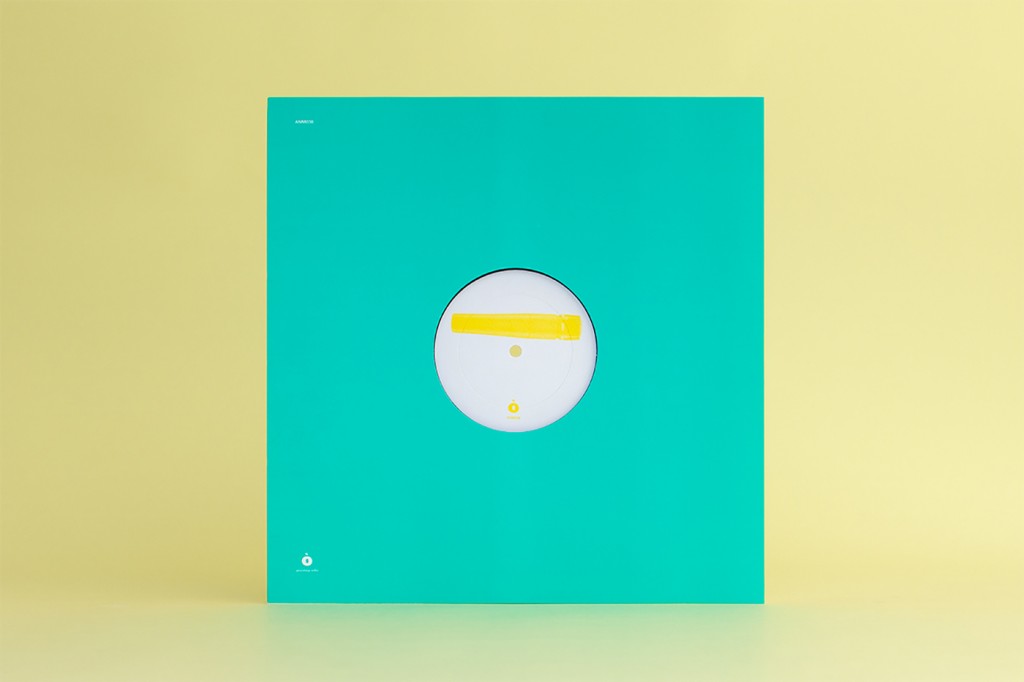

This has resulted in an open source codec that has progressively increased its robustness and performance – when subjected to some of the most challenging RF and acoustic environments.What is Max/MSP Apps, Patches, Externals & Abstractions Collections (OS9)?Ĭollection of Objects (binary externals as well as abstraction patches) for Max/MSP 4.1 (MacOS9) Codec2 still continues to evolve, with additional "modes" being developed, refined and made available on a continuous basis. A technology licence from DVSI is required.Ĭodec2 is an open source alternative which uses half of the bandwidth of AMBE to encode speech of similar quality, created by David Rowe and lobbied by Bruce Perens.
#Max msp vocoder software#
offers a software implementation of APCO P25 Phase 1 (Full-Rate) and Phase 2 (Half-Rate) codecs as well as DMR and dPMR codecs. These ICs can be purchased for less than $100 in small quantities. For small-scale use and prototyping, the only option is to purchase a dedicated hardware IC from DVSI. For purposes of comparison, licensing fees for use of the MP3 standard started at $15,000. Anecdotal evidence suggests that licensing fee begin from between $100,000 to $1 million. While a licensing fee is due for most codecs, DVSI does not disclose software licensing terms.
#Max msp vocoder license#
Use of the AMBE standard requires a license from Digital Voice Systems, Inc. NXDN is implemented by Icom in the IDAS system and by Kenwood as NEXEDGE.ĪPCO Project 25 Phase 2 trunked radio systems also use the AMBE+2 codec, while Phase 1 radios use the earlier IMBE codec.ĭigital Mobile Radio (DMR) and Motorola's MOTOTRBO use the AMBE+2 codec. The NXDN digital voice and data protocol uses the AMBE+2 codec. It has met criticism from the amateur radio community because the nature of its patent and licensing runs counter to the openness of amateur radio, as well as usage restriction for being "undisclosed digital code" under FCC rule 97.309(b) and similar national legislation. Lost frames can be masked by using the parameters of the previous frame to fill in the gap.ĪMBE is used by the Inmarsat and Iridium satellite telephony systems and certain channels on XM Satellite Radio and is the speech coder for OpenSky Trunked radio systems.ĪMBE is used in D-STAR amateur radio digital voice communications. The audio data is usually combined with up to 7 bit/s of forward error correction data, producing a total RF bandwidth of approximately 2,250 Hz (compared to 2,700–3,000 Hz for an analogue single sideband transmission). All consequent improvements known as Improved Multi-Band Excitation (IMBE), Advanced Multiband Excitation (AMBE), AMBE+ and AMBE+2 are based on this MBE method.ĪMBE is a codebook-based vocoder that operates at bitrates of between 2 and 9.6 kbit/s, and at a sampling rate of 8 kHz in 20-ms frames. This work gave a start to development of the "multi-band excitation" method of speech coding, that was patented in 1997 (now expired) by founders of DVSI as "Multi-Band Excitation" (MBE). In 1967 Osamu Fujimura ( MIT) showed basic advantages of the multi-band representation of speech ("An Approximation to Voice Aperiodicity", IEEE 1968).


 0 kommentar(er)
0 kommentar(er)
